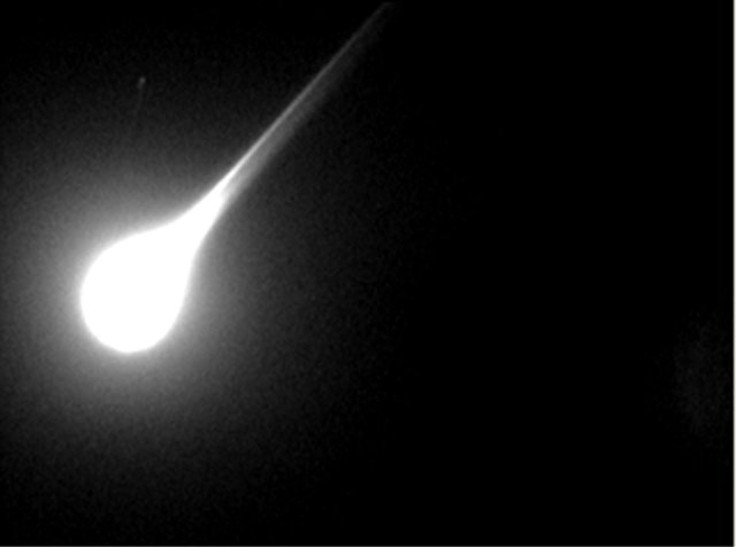Bright Fireball Caused By Meteor’s Mid-Air Explosion Detected By ESA

KEY POINTS
- A fireball event caused by a meteor was spotted by ESA
- The meteor exploded in the sky over England
- It was detected by ESA's new monitoring system
The European Space Agency (ESA) reported that Earth was recently hit by a small asteroid. Upon reaching the atmosphere, the asteroid, which became a meteor, exploded mid-air and created a bright flash that illuminated the night sky.
The stunning fireball incident was photographed by Chris Small from England. It was also detected by the ESA’s Near-Real Time Monitor (NEMO), a new warning system that tracks fireball events around the world.
According to the ESA, the incident took place on Jan. 21. It was photographed by Small near the seaside town of Bude in northeast Cornwall. Based on the image captured by the photographer, the meteor created a long bright streak in the sky as it burned up in the Earth’s atmosphere. Small noted that the fireball was so bright that it illuminated the sky and its surrounding regions.
“I see a lot of meteors due to spending so long shooting the night sky, but I’ve never seen anything quite like that before,” Small said in a statement released by the ESA. “It was incredible, and lit up the entire coast almost as bright as daytime for a few seconds. There were beautiful green and blue colors.”
The ESA explained that the spectacular fireball event was caused by a meteor that’s as bright as Venus. Like other small asteroids that enter Earth’s atmosphere, the meteor burned up due to the intense friction. While some cosmic objects disintegrate in the process, others result in bright and powerful explosions in the sky.
The incident was detected by NEMO shortly after it happened. This system, which is part of the agency’s Planetary Defense Office, tracks fireball events on Earth using data collected from social media activities. Based on the brightness of the fireball, the agency noted that the meteor may have been about less than a meter wide.
“From the brightness of this fireball, around the time of a full moon, experts have deduced that the original object could have ranged from tens of centimeters to a meter in size, depending on its entry speed, composition and other characteristics,” the ESA explained.
© Copyright IBTimes 2024. All rights reserved.




















